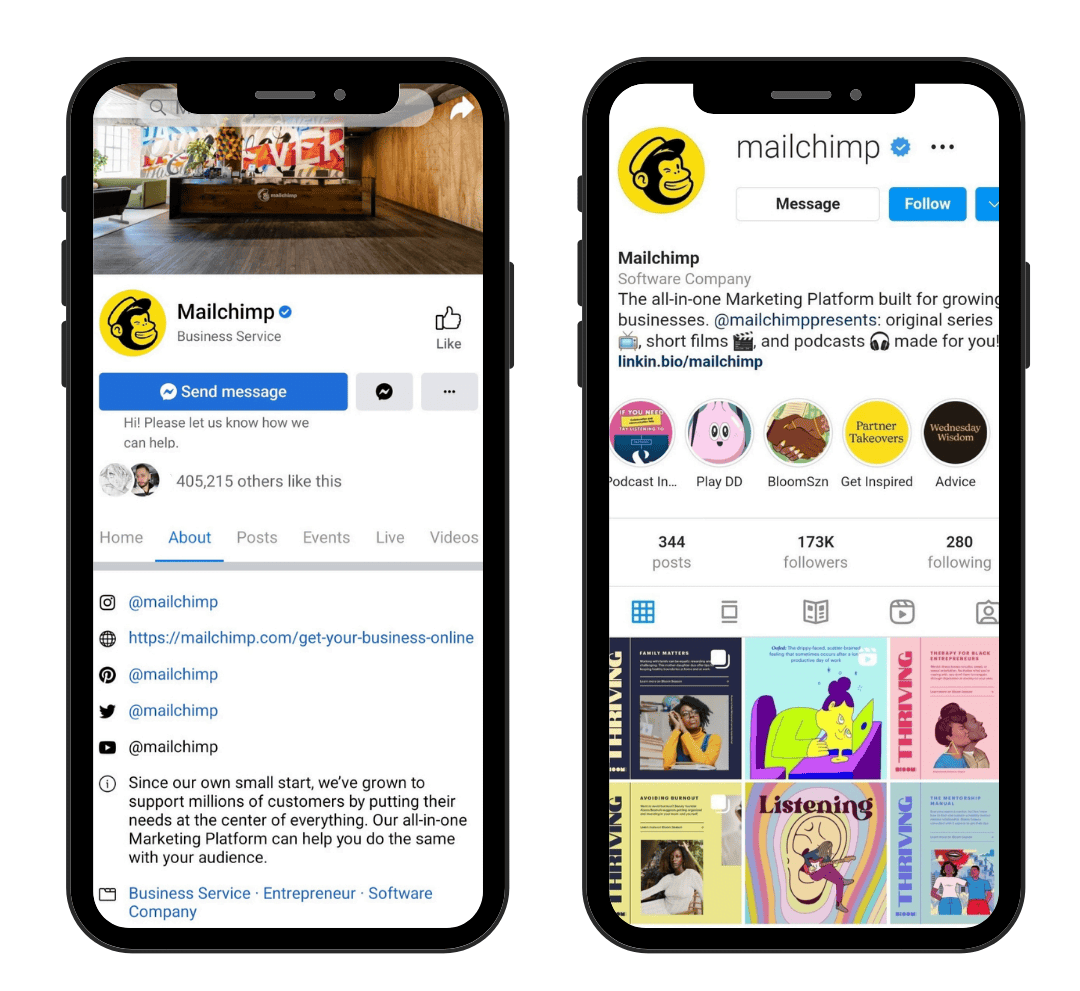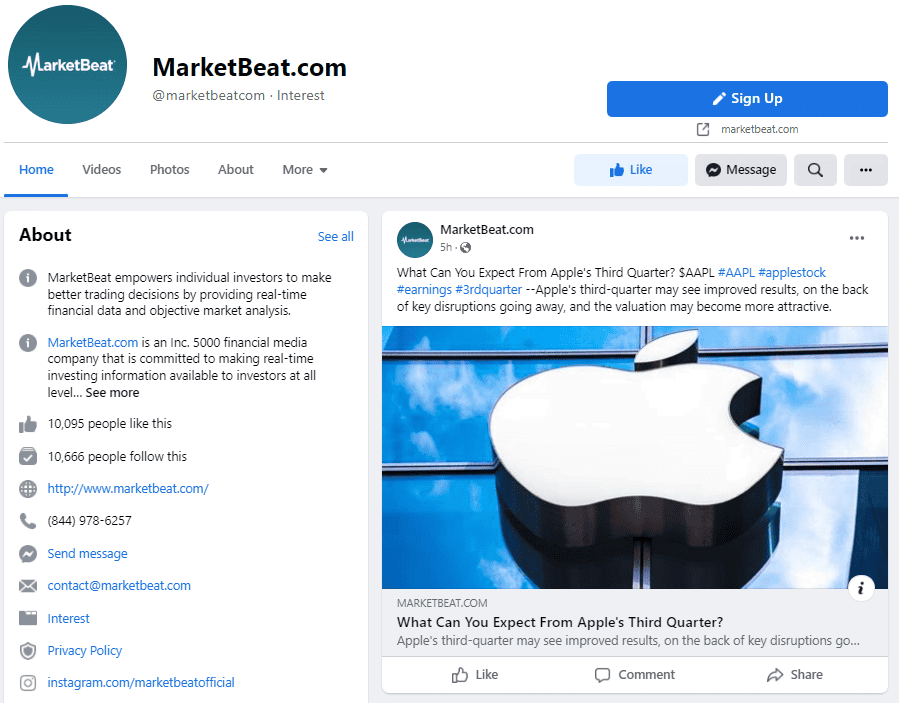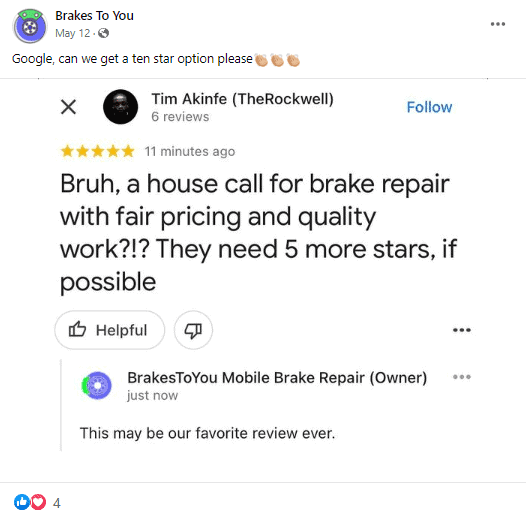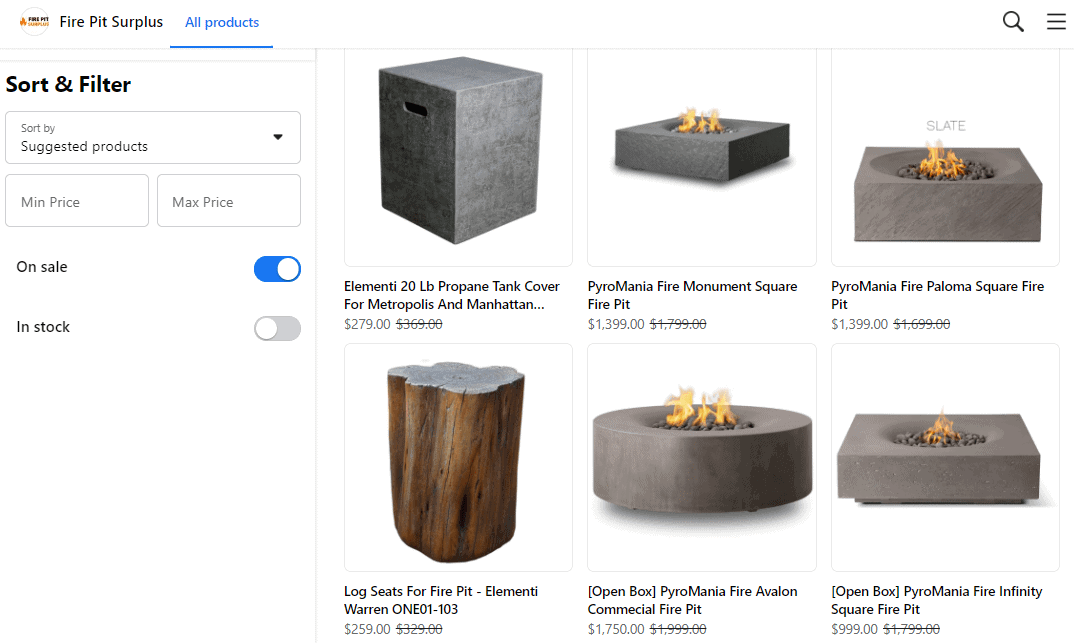It’s practically impossible for businesses in 2022 to thrive if they’re not on social media. From local cafes to international enterprises, companies of all sizes can greatly benefit from social media marketing. And it’s never too late for getting started on social media.
Facebook, Twitter, LinkedIn, Instagram, TikTok, YouTube, and Pinterest are the main players in today’s social network landscape. The latest 2022 statistics tell us that almost two-thirds of all people (4.62 billion) are on social media. Another key detail here is that 58.4% of all internet users shop online every week. That’s why businesses in 2021 chose to spend a third of their digital advertising budget on social media ($154 billion).
It’s only natural to make social media a key component of your marketing strategy when all of your audience is right there. Even brands that are simply present on online social outlets and don’t do anything to utilize them can enjoy some of the benefits they offer.
The reasons for joining social media and starting a marketing campaign there include:
- Building brand awareness
- Inspiring customer engagement
- Answering questions and providing customer support
- Growing traffic
- Generating prospects
- Converting leads
- Becoming an authority in your niche and industry
- Advertising for less money in comparison to other digital channels
All of the above should be enough to convince you to create your social media page and start your growth journey there.
Below are eight simple tips for beginners to introduce their brand to the top social media platforms and make the most out of their presence.
Do the Minimum to Look Exceptional
First things first, you need to create your business pages. But before you do, we recommend working on a few key factors that will determine the path of your future online journey.
Draft a social media plan
Outline important objectives, such as who you’re targeting, what you’re trying to accomplish, and what message you’re trying to get across. This will help you create your content strategy.
Go only for the platforms that are most relevant to your industry
Since you’re a beginner, we recommend choosing up to two platforms until you figure out what works best for you. For example, local businesses benefit mainly from Facebook and Instagram, while SaaS startups typically get the best results on LinkedIn and Twitter.
Think of a handle that best represents your brand
Usually, this should solely be your company’s name, but if you have several business branches under one name, you can create dedicated social media pages adding the most recognizable extension for each branch to your company’s name.
When you have all of these ready, it’s time to register your accounts. At first, doing the bare minimum is enough to create an exceptional look.
Here are some general rules for beginners on how to populate their profile pages:
- Have a profile picture that is always your brand logo. If you want to display your hospitality business, office space, factory station, etc., you can attach a memorable image as a cover photo. Keep in mind that all platforms have specific size constraints, so make sure to look them up beforehand.
- Make your handle standardized across all platforms.
- Your bio should be short and to the point, written in your brand’s authentic tone of voice and describing who you are in just a few words.
- Attach high-quality visuals that are consistent with your brand image.
- Include consistent contact info across all platforms (address, phone, email, map location).
- Link to your website in the appropriate field.
Take a look at how Mailchimp, an email marketing platform, places their logo as a profile picture across Facebook and Instagram. You can also notice that their handle is the same (the name of their brand) and that they ensure to link to their website and other social media profiles, as well as include a short description of what they do.
 Source: Facebook and Instagram
Source: Facebook and Instagram
Promote Your Existing Content
Companies hire entire teams to manage their social media content strategy. They come up with ideas for regular posts on how to engage their audience and provide valuable information. Sometimes they write original content, and sometimes they only share images and videos decorated with hashtags depending on what’s trending at the moment.
As a beginner, you don’t have to go to such lengths and drain your budget in the early stages of your business. Instead, you can share your existing content.
You’re already creating content for your site, so why not use this to get started on your social media platforms? Rather than focusing on creating only new content, you can start building your presence and grabbing your followers’ attention by publishing your existing posts on all of your social media platforms.
This can save you a lot of time and valuable resources necessary for creating new original content as well.
MarketBeat, an online platform for stock market news and research tools, promotes their entire content catalog on all of their social media pages. This allows them to keep their followers engaged at all times.

Source. Facebook
Establish a Consistent Brand Voice
If you fill your content with bland sales jargon, your brand will get lost in all the noise and go unnoticed.
To stand out, you need to exhibit a unique brand voice. It’s what gives a distinct personality to your name and helps you establish consistency throughout all of your marketing channels.
To discover the right brand voice for your business, you need to consider your target audience’s needs and demographics. Depending on your data, you can decide to present yourself as uplifting and powerful, direct and funny, helpful and friendly, straightforward and educational, or anything that resonates with your customers’ needs.
For example, a brand in the sports cars and motorcycles industry can dominate with a confident and high-energy voice, but a business selling jewelry or luxury items needs to emphasize elegance and tenderness.
Fitbit is one of the best examples of demonstrating a unique brand voice. They sell fitness wristbands and watches and choose to market their products by highlighting body positivity and relating to their customer’s everyday struggles.
Their voice is compassionate, informal, uplifting, and amusing. They often share memes with inspiring taglines to create stronger relationships and connect with customers who are trying to get in better shape.

Source: Twitter
Give Your Company a Human Face
People tend to stay away from businesses that are overly rigid and give off a corporate feel. No one is ecstatic to deal with companies that seem like they don’t care about their customers.
On the other hand, showing a human side goes a long way toward building long-lasting relationships. If you show your customers that you’re there for them and that your team is made up of people just like them, you can certainly expect your social media following to expand.
There are many ways to give your company a more accessible, trustworthy persona, and they all play out differently on different social media platforms. For example, you can follow people back and even facilitate interaction by being the first to follow them. Replying to users who need answers and commenting on their remarks shows that you’re nice and genuinely dedicated.
Showcasing your team is also a great way to give your brand a human face and develop a likable personality. Digitarial Agency, an affiliate marketing agency, has all their employees’ profiles standardized and loaded onto their LinkedIn page. They also promote their team’s LinkedIn profiles on their website’s team page.

Source: Digitarialagency.com
Another example is KURU Footwear’s practice of announcing new employees. This is how this footwear brand composed an Instagram post to celebrate the hiring of their new CEO.

Source: Instagram
Offer Social Support
Customers are increasingly turning to social media to get a hold of businesses when they need customer support. Facebook reports that 69% of their users who contact businesses via chat become more confident in trusting the brand.
This number should be enough to convince you to offer social support to your customers. That way, you’ll show your followers how much you care for them. At the same time, social media platforms provide an opportunity to turn support into an interesting marketing exercise.
The best social media tools for enabling customer service are Facebook and Twitter. Their messaging apps provide automated, conversational replies to make customer acquisition a lot simpler. They can even turn the conversation into an in-store shopping experience by conveniently enabling transactions and recommending relevant products.
This is how WestJet, a Canadian commercial airline, takes a Facebook Messenger query to the next level. You can see how the customer asks simple questions and the automated chatbot answers within moments. After that, it automatically scales the conversation and suggests buying a product (in this case — booking a flight).

Source: Facebook
Supplement Your Social Proof
Your website is a good place to showcase social proof. However, the majority will encounter your brand for the first time on social media, so leveraging the power of this medium to prove how valuable you are to your customers can mean a lot for your business.
All of the known social media apps can be used in different ways to demonstrate social proof:
- Facebook makes it easy to integrate product reviews and star ratings.
- Twitter is incredibly useful for retweeting positive hashtags and mentions.
- Instagram and TikTok rely on hashtags and influencers as well.
- LinkedIn can be used to gather positive recognition from established names in your industry.
- YouTube has tons of creators who can review your products and services.
Whichever you choose to go for, they’re all a great way to show you’re a reliable and trustworthy brand. The easiest platforms for gathering reviews and sourcing quality user-generated content are Facebook, Twitter, and Instagram.
Brakes To You, a brake repair service, utilizes social proof on Facebook quite well. Besides the 5-star rating integrated on their cover photo and beside their handle, they regularly share their customers’ good word on their feed.

Source: Facebook
We can also see how Lululemon, an athletic apparel brand, employs a similar strategy to source customers who have posted their products on the social network. They keep track of the hashtags they use and then curate the content that best represents them.

Source: Instagram
Don’t Spread Yourself Too Thin
We’ve talked about how important it is to choose which social media platforms you’ll use at the beginning of your journey. But let’s elaborate a bit more on this topic.
Every beginning can be very exciting, and the thrill can thrust you into a frenzy of anxiously signing your brand up for everything. But taking on too many social media platforms can be damaging to your business.
All social media outlets work in different ways, so you’d have to put insane amounts of effort into honing perfect strategies for each of them. Instead, be selective and focus on one or two platforms to start with. This is a case where less is more. The key is to be where the vast majority of your audience is.
For example, Instagram, YouTube, and TikTok are great choices if you target millennials and Gen Z. Facebook and Twitter can work for everyone in general. Checking out where your competition performs best might hint at where you need to be as well.
Many beginners make business pages on all social media networks and then end up quitting all because they can’t achieve good results on any of them. So, choose only a couple, and once you perfect those, you can scale and invest in expanding your social footprint on other platforms.
Feature Your Products
In recent years, the social media world has evolved and introduced its own marketplaces. With the initial success of these “social commerce spaces,” the word on the street is that they’re the future of online shopping.
2020 saw Facebook and Instagram roll out their ecommerce platforms for business pages where users don’t have to leave their apps to browse products, make orders, and complete purchases. Pinterest, Twitter, and TikTok followed up in 2021 with similar marketplaces.
It is incredibly easy to integrate your inventory into these social media apps’ shop sections right within your brand’s page. This not only grants your products increased visibility but reduces the number of clicks your customers need between seeing your brand and seeing and purchasing your products.
Fire Pit Surplus features a shop on Facebook that’s every bit as useful as their website’s shop. All of this fire pit supplier’s products are listed along with their prices, product descriptions, related products, and an option to save the desired products into a wishlist.

Source: Facebook
Final Thoughts
Going through our eight tips for brands to get started on social media, you’ll notice that there are two main things you should work on to get the results you’re after:
- Create and build your social media pages across the platforms that you think are relevant to your brand and audience.
- Outline a social media strategy by putting the main focus on sharing valuable content that will raise awareness for your brand and engage your target groups.
Remember that social media marketing requires patience and continuous work to yield the desired results. Also, keep in mind that this corner of the internet is very fluid and keeps changing by the day, so make sure that you stay updated and tailor your marketing strategy accordingly.
Lastly, don’t forget to monitor your performance. No matter the size of your company, observing your social platforms’ analytics panel will help you learn what you’re doing right and what you can improve to take your business to the next level.

